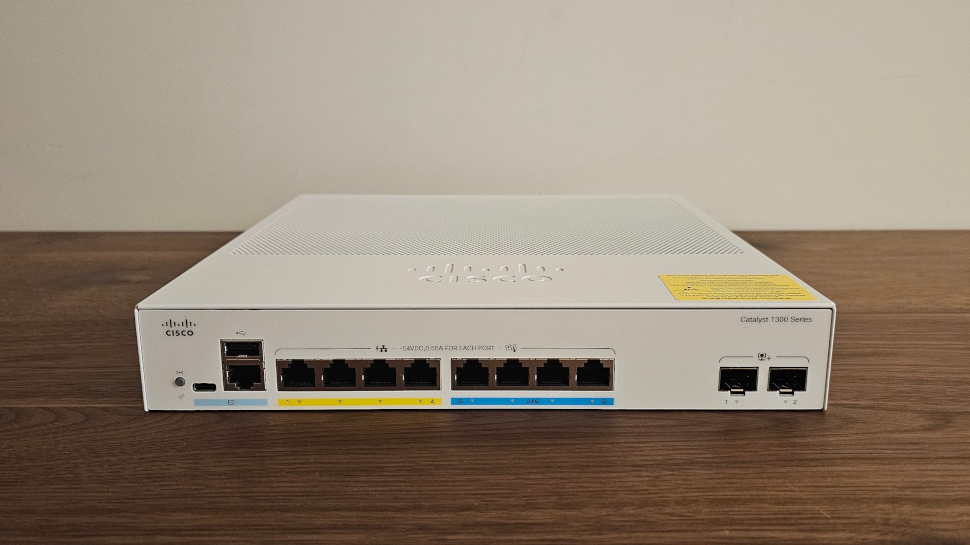Secure Sockets Layer (SSL) and Transport Layer Security (TLS) are two methods for encrypting data sent between a user’s web browser and a server, often a website or an application. SSL (Secure Sockets Layer) and TLS (Transport Layer Security) are more modern and give a greater degree of security than SSL when it comes to protecting data during transmission over the internet or a computer network.
What Is SSL and TLS Encryption, and How Does It Function?
The tls and ssl uses both asymmetric and symmetric encryption to protect data in transit from eavesdropping and tampering. All the way through the process of creating a safe link between a client and a server, both symmetric and asymmetric encryption are employed. When exchanging sensitive information, symmetric encryption is used once a secure connection has been established.
SSL for Website
A website requires an SSL and TLS certificate for its web server and domain name before it can begin using SSL and TLS encryption. After installing the certificate, the client and server must complete the following steps to negotiate the level of encryption securely:
- When a client interacts with a server, it does so using a secure URL (HTTPS).
- The client is given the server’s public key and certificate.
- The client then uses this information to verify the certificate’s legitimacy with a Trusted Root Certification Authority.
- Together, the client and the server decide which kind of encryption will best safeguard their data communications.
- A session key (also known as a secret key) is encrypted by the client using the server’s public key before being sent back to the server.
- The session is started once the server uses its private key to decode the client’s message.
- The session key allows for a kind of symmetric encryption to be used for data transmission between the client and the server.
The protocol used by the client and the server is HTTPS (SSL and TLS layered on top of HTTP). The lock icon in the address bar of your browser will appear when this is the case. The HTTPS protocol communicates on port 443.
The keys are discarded as soon as you leave the page. A new set of keys will be made for your next visit, and a new handshake will be arranged.
How Important Is Decrypting SSL and TLS for Security?
SSL and TLS and other encryption methods greatly benefit security since they increase the privacy and reliability of data transmission. On the other side, attackers often use encryption to hide malicious payloads. Therefore, effective SSL and TLS decryption is crucial for inspection tools such as intrusion detection systems (IDS), intrusion prevention systems (IPS), next-generation firewalls (NGFW), and secure web gateways (SWG).
Your data security measures are also a potential weakness. When launching an assault, hackers take advantage of the fact that many firms have difficulty decrypting and analysing communications. By using encryption, attackers may get around the bulk of network inspection equipment and spread malware. Furthermore, encrypted data exfiltration may avoid detection by security measures.
Conclusion
When faced with a flood of malicious communication, many security inspection devices can’t keep up, much alone decrypt, verify, and re-encrypt it. This poses a serious problem for the protection of sensitive data. A company’s ability to keep sensitive information secret relies on its ability to monitor encrypted communications while also arranging its security inspection zone to better manage data flow, processes, and risks.



